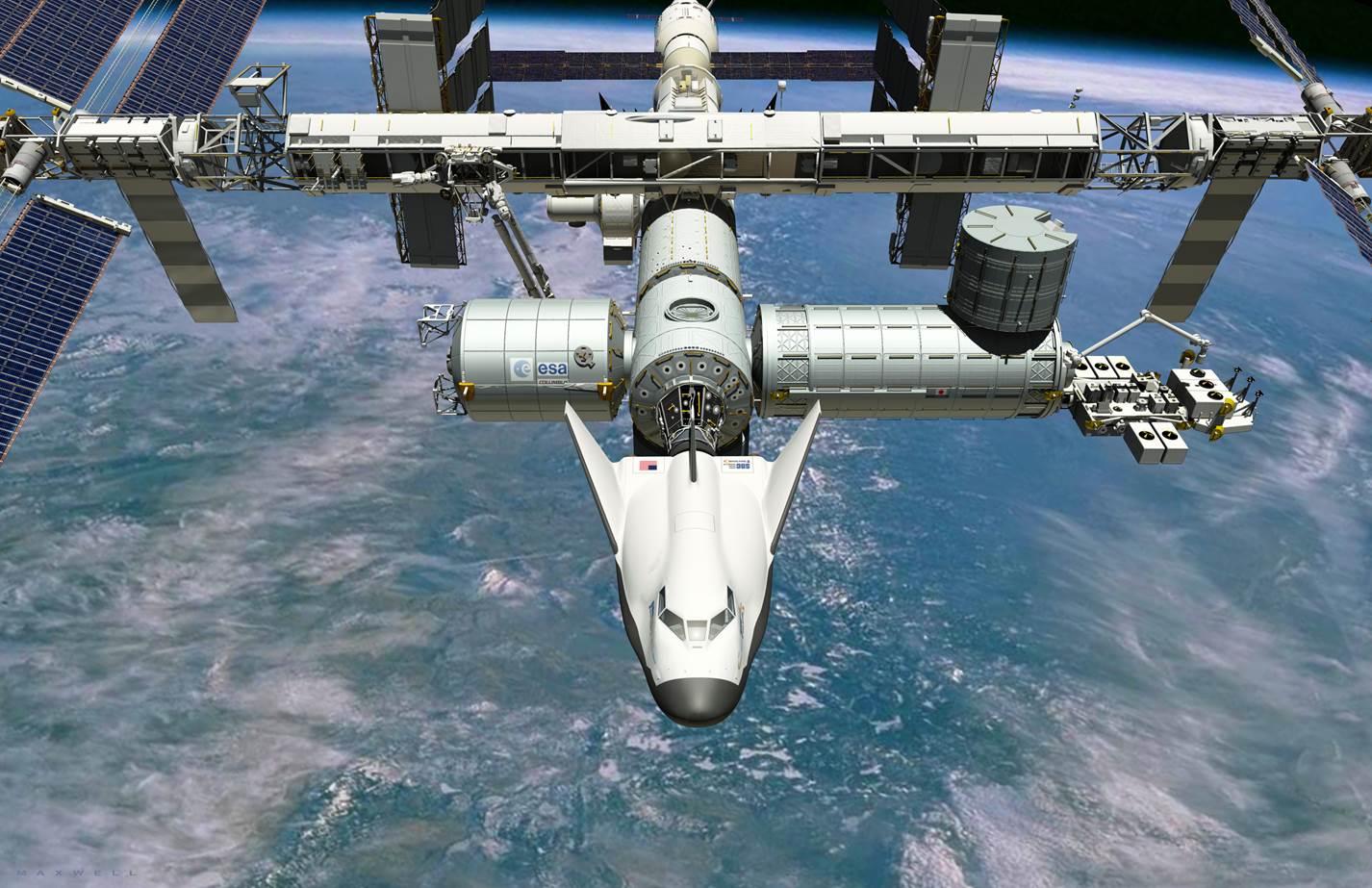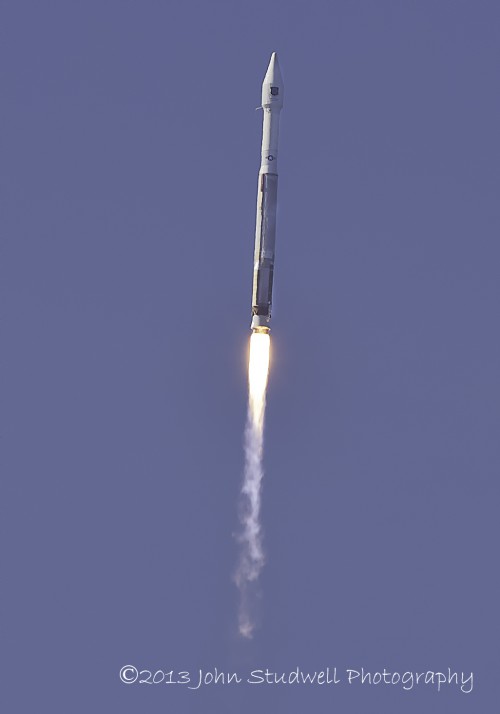
Today, Sierra Nevada Corporation (SNC) announced that NASA has amended SNC’s Dream Chaser Space Act Agreement (SAA) to include two additional, optional milestones in the development of their Dream Chaser spacecraft. The company hopes to eventually provide NASA crew transport to the International Space Station and other low-Earth orbit destinations.
The $15 million deal brings the value of SNC’s Commercial Crew Integrated Capability (CCiCap) initiative to $227.5 million and will help fund work associated with the Critical Design Review (CDR) for the company’s Dream Chaser Space System. The funds will also allow for additional testing of the vehicle’s reaction control system. The addition of both milestones to SNC’s CCiCap SAA also extends the company’s performance period from May 2014 to August 2014.

“SNC is pleased to be awarded this new NASA investment, and we will make valuable use of the additional $15 million in funding,” said Mark Sirangelo, corporate vice president and head of SNC’s Space Systems. “The addition of these two funded milestones will allow our team to continue the advancement of the Dream Chaser Space System.”
To date, Sierra Nevada has completed all milestones on time and on budget. Just last week the company announced that their Dream Chaser flight test vehicle is ready for free flight approach and landing (ALT) tests in southern California this fall, having successfully completed a series of ground tow tests this summer to prove the vehicle’s braking and landing systems are ready for the upcoming flight tests.
Dream Chaser is designed to carry as many as seven astronauts, and it is the only spacecraft under the Commercial Crew Development Round 2 (CCDev2) agreement with NASA’s Commercial Crew Program (CCP) that is winged and designed to land on a runway—just like NASA’s space shuttle used to. However, unlike the shuttle, Dream Chaser will be able to land on any conventional runway capable of handling commercial traffic.
SNC has chosen the United Launch Alliance Atlas-V 402 rocket as Dream Chaser’s launch vehicle, with pad roll out expected to take no longer than 2 hours. Dream Chaser will launch without the need for solid rocket motors, will have no abort blackout zones, and will have a 3.5 day free flight capability, with the added benefit of deorbiting at any time (since Dream Chaser can land on any conventional runway). The spacecraft will also be able to stay at the ISS for up to seven months at a time, if needed, before having to return to Earth. An expected 1.5 G nominal reentry will provide ideal conditions for returning fragile cargo and science experiments, in addition to making the return to gravity easier on the crew (SNC expects immediate access to crew and cargo upon landing). A quick turnaround and an almost entirely reusable vehicle are two of Dream Chaser’s main selling points.
Sierra Nevada is one of several companies currently competing to develop commercial crew transportation capabilities in cooperation with NASA, with the goal of achieving safe, reliable, and cost-effective access to and from LEO and the International Space Station (ISS). Eventually, NASA intends on choosing at least two providers to deliver crews to the ISS.
Want to keep up-to-date with all things space? Be sure to “Like” AmericaSpace on Facebook and follow us on Twitter: @AmericaSpace




I think NASA Would like this one for themselves.